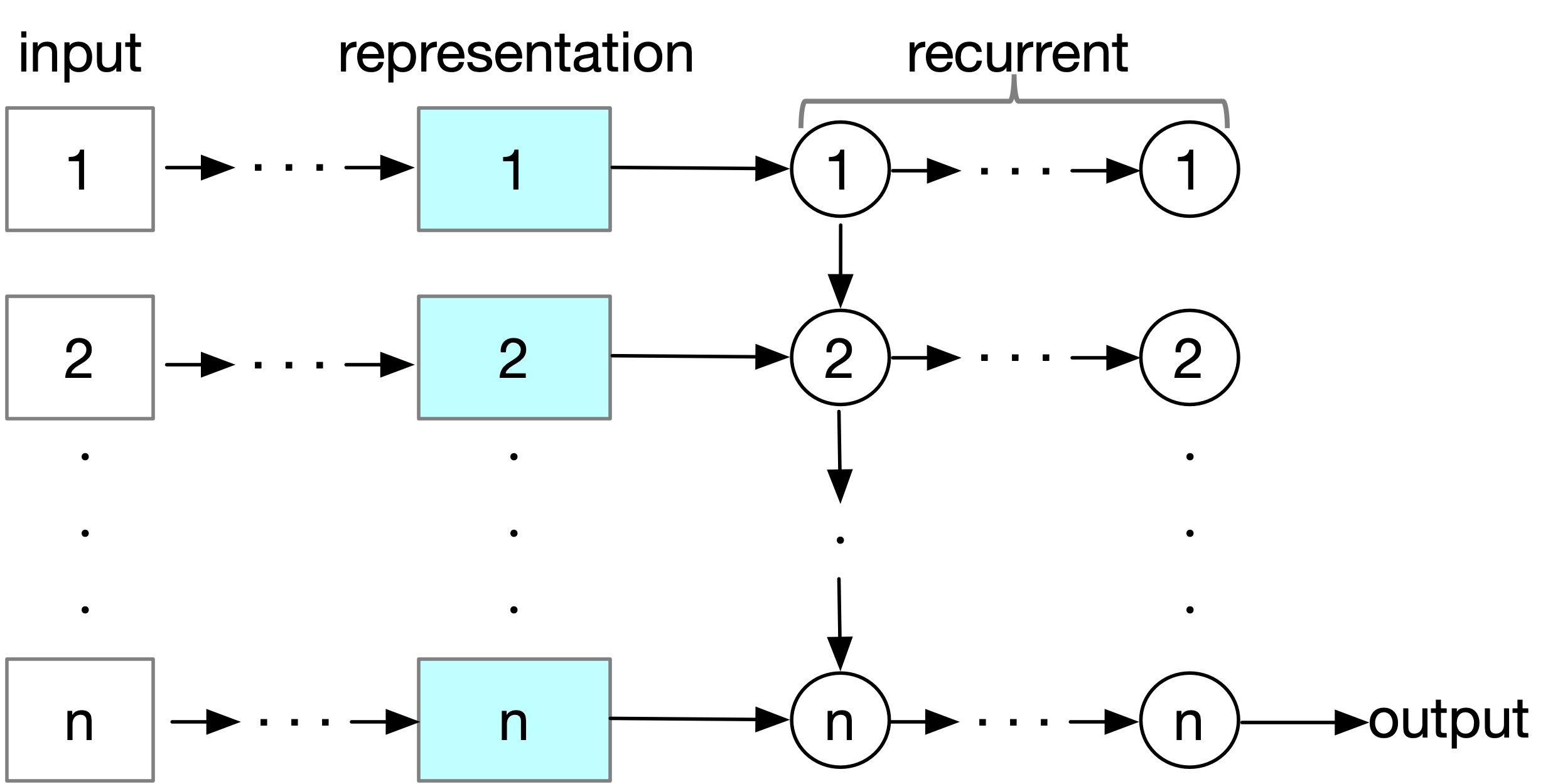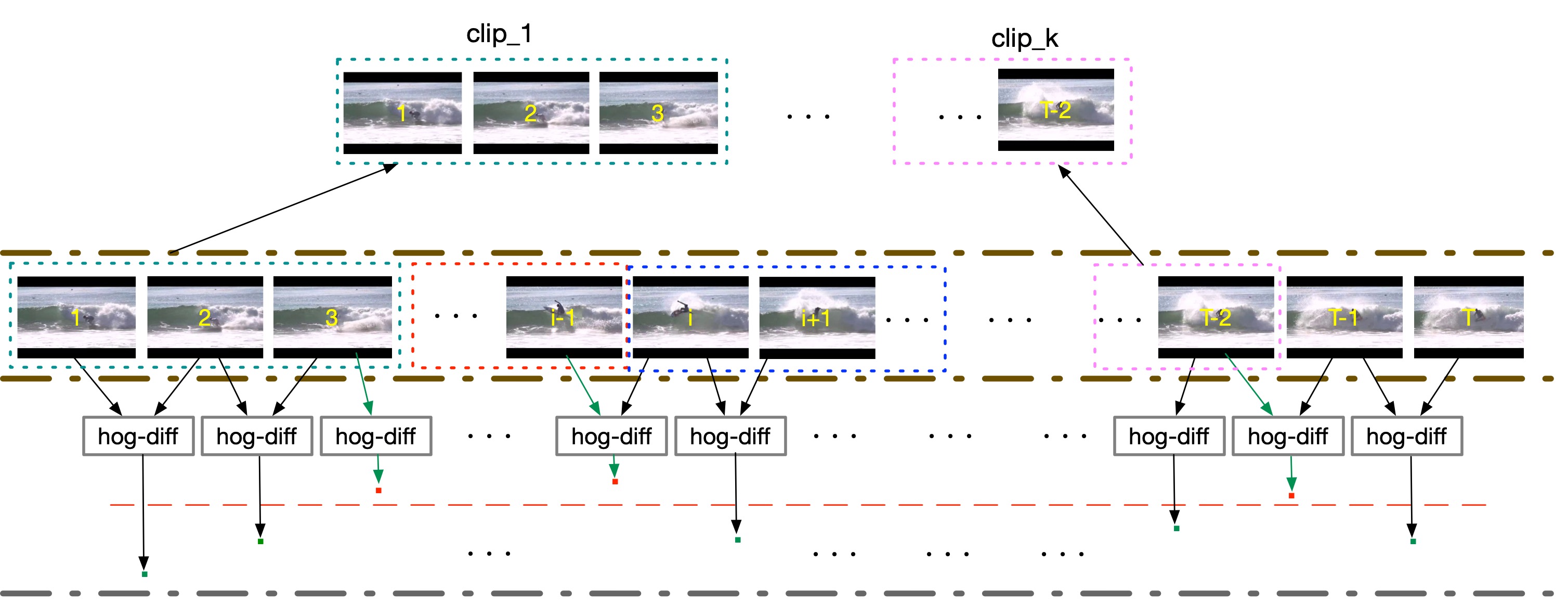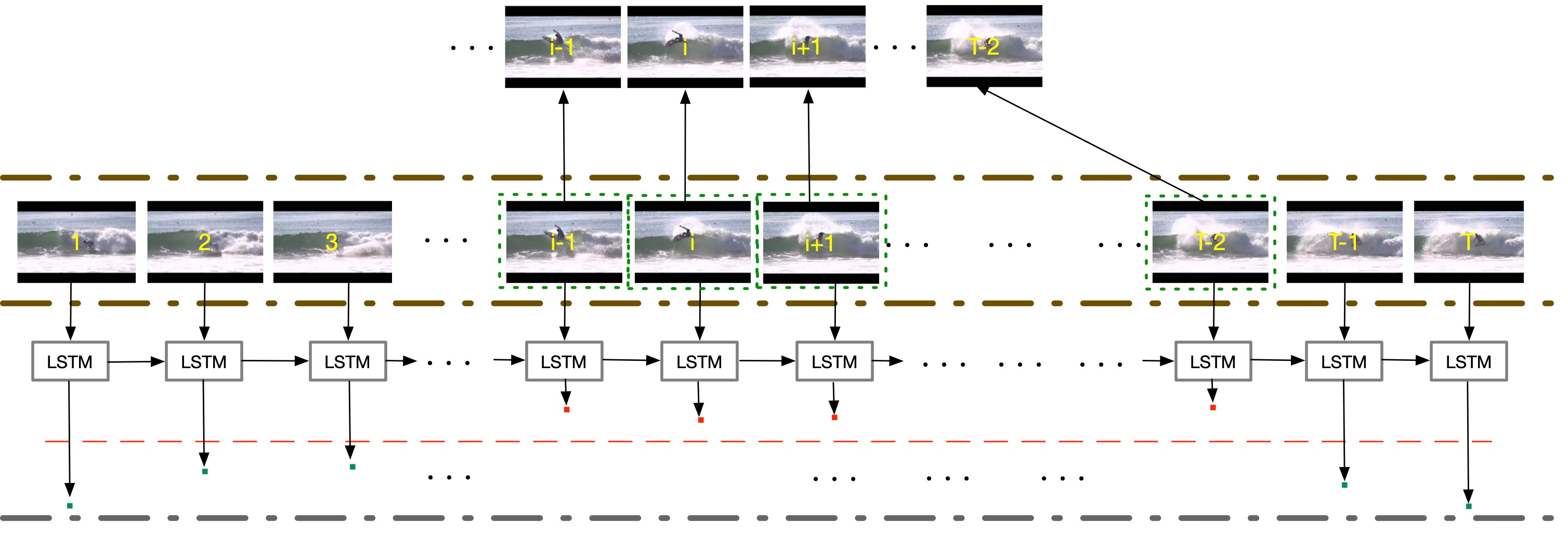This repo contains the brief introduction of our survey paper : A Gentle Review of Deep Learning based Human Activity Recognition. In this section we will introduce the outline of each categories.
In this section, we list the two streams of methods that transform the sequence with variable length to fixed dimension. One is RNN(LSTM)-related approaches, the other is temporal aggregation related approaches.
Recurrent networks are ad hoc for sequential input, e.g. video, signal.
Sampling and pooling are two major ways of temporal aggregation. For sampling, it is the most intuitive method to convert a flexible length sequence to fixed-length representation by taking the constant number of observations from a sequence. We group the tricks that based on sampling into five classes, e.g. random sampling, uniform sampling, segment random sampling, shot-based sampling and adaptive sampling. Following figs illustrate those sampling tricks.
a.random sampling
b. uniform sampling
c. segment random sampling
d. shot-based sampling
e. adaptive sampling
Pooling as the common component CNNs, which performs on features to to generate the more semantic features. We classify pooling-based approaches into three groups, e.g. local pooling, global pooling, slow pooling, according to the place and the times a pooling operation was executed.
a). local_pooling b). global_pooling c). slow_pooling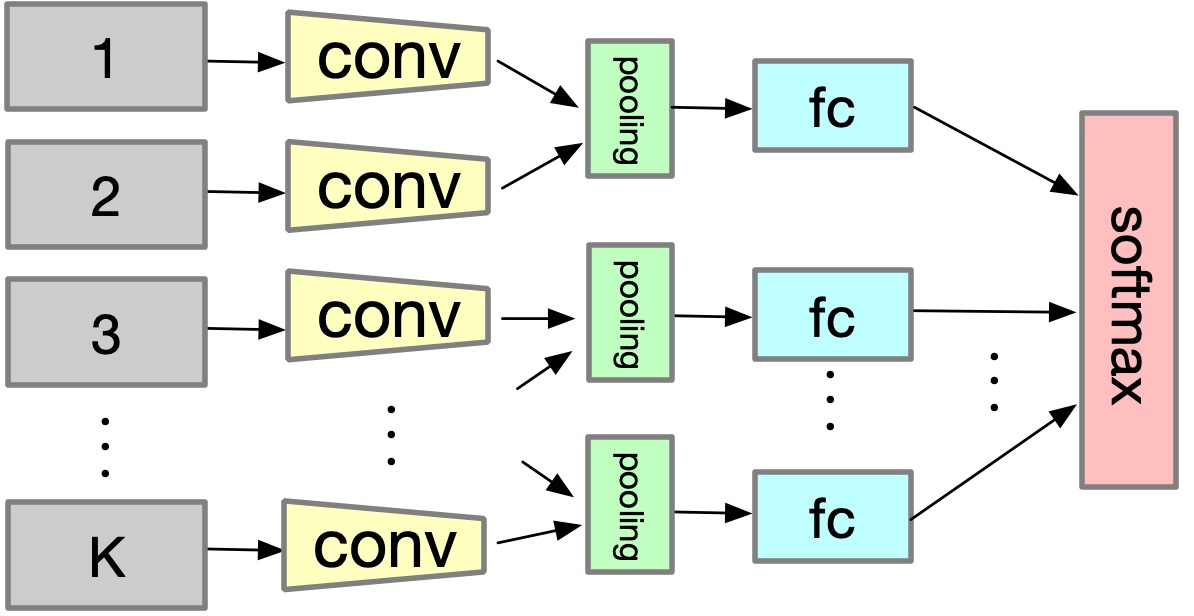 | 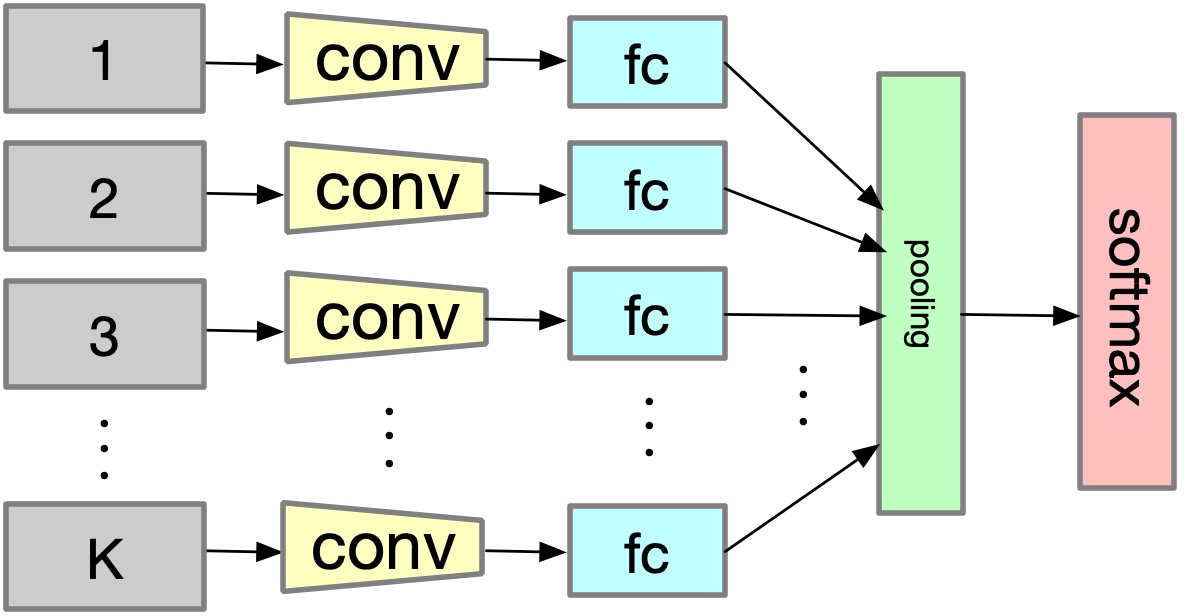 | 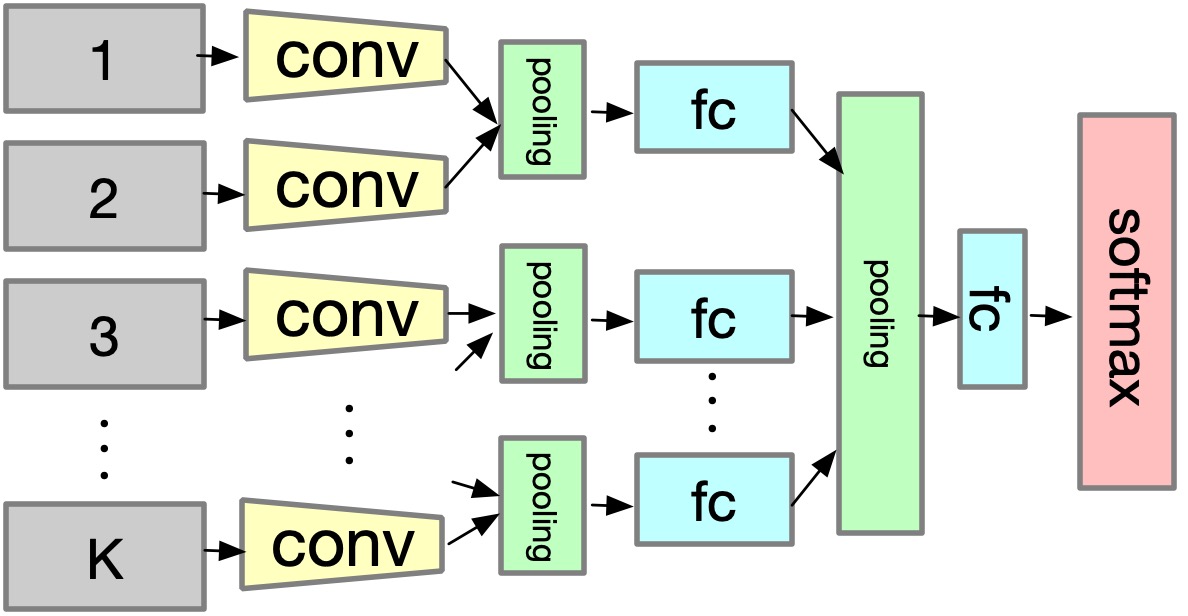 |

